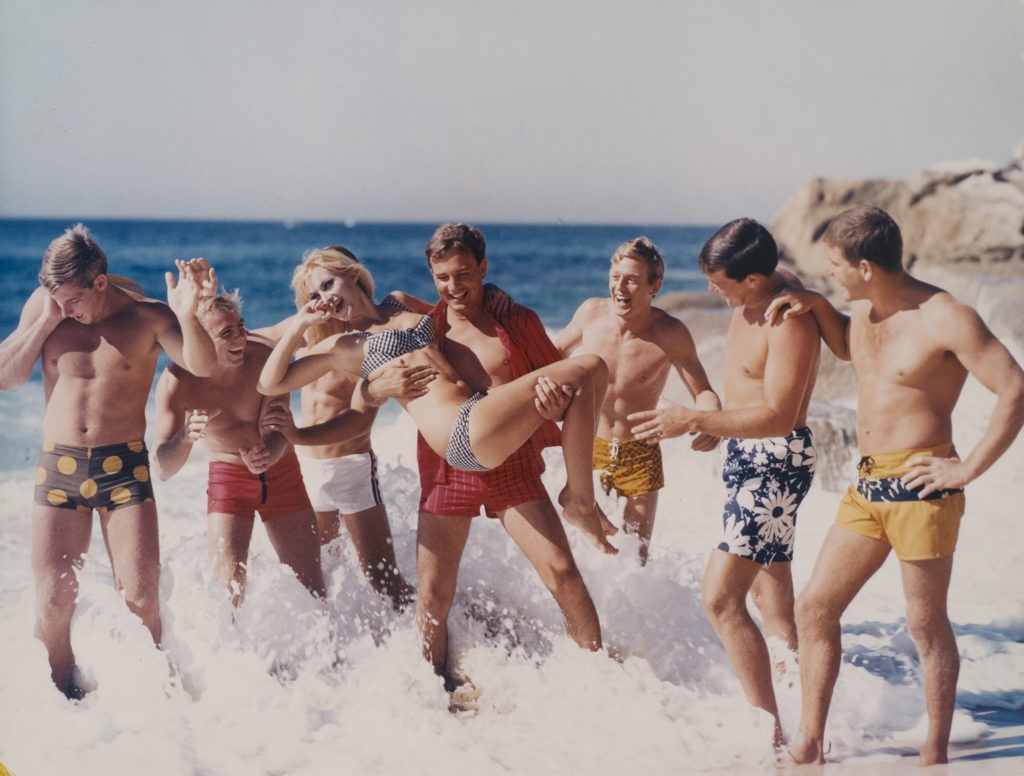
The beach has always been the ultimate destination for summer holidays whether it was just a few kilometres away or a long car trip. Back in the 1960s cars weren’t as reliable as today. Even for a relatively short drive you’d stop off at the service station to have the oil, water and tyres checked and to pick up maps. Some families set off before dawn to beat the holiday traffic (what traffic?). Cars had no air-con or radios let alone all the high tech entertainment of today. Radiators would boil, tyres blow-out, kids carsick, seats were sticky, and the journey felt intolerably long. Did those rubber strips hanging down the back of the car really prevent car sickness?
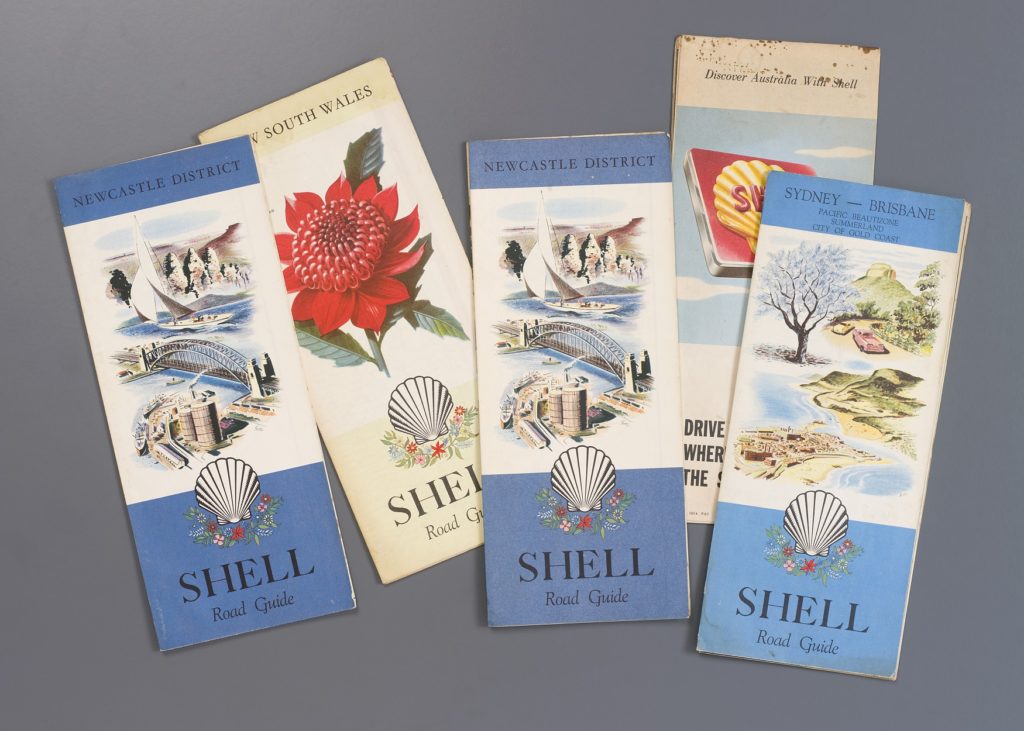
Nevertheless, it was all worthwhile once you arrived at the beach with the sun sparkling on the waves. Armed with your orange moulded-plastic Zippy Board you’d race down to the water only to come screaming back up again with blue bottle tentacles wrapped around your legs.
Lifesavers typified the bronzed Aussie and added both safety and glamour to the beach. They worked long hours with much more primitive equipment that today at un-netted beaches where the increased likelihood of sharks added to the hazards. Having the shark alarm go off was terrifying especially if you’d gone out beyond the breaking waves.
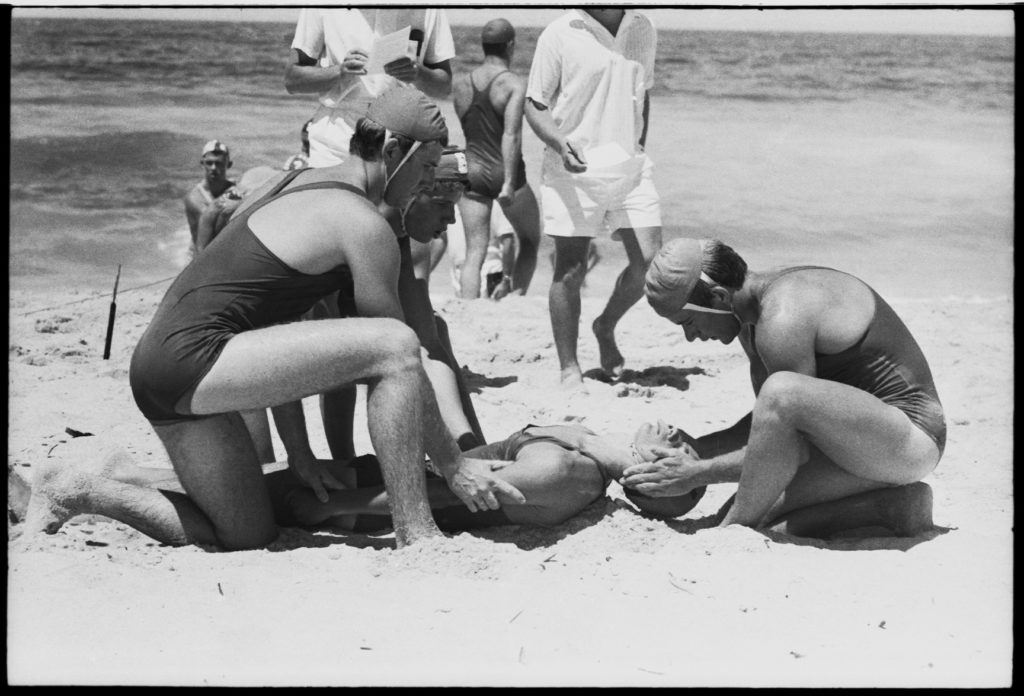
Rescues by lifesavers were really impressive as they had to swim out with the harness. The crew on the water’s edge would pull the distressed swimmer back to the beach with the reel, which was phased out in 1994.
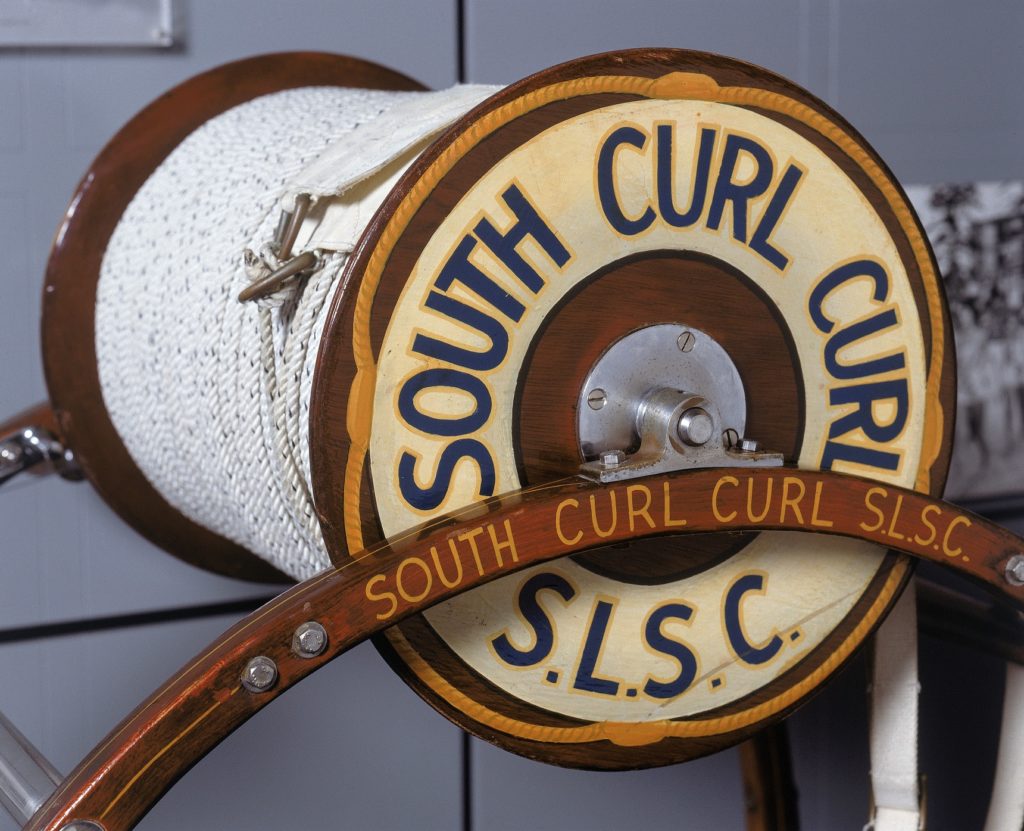
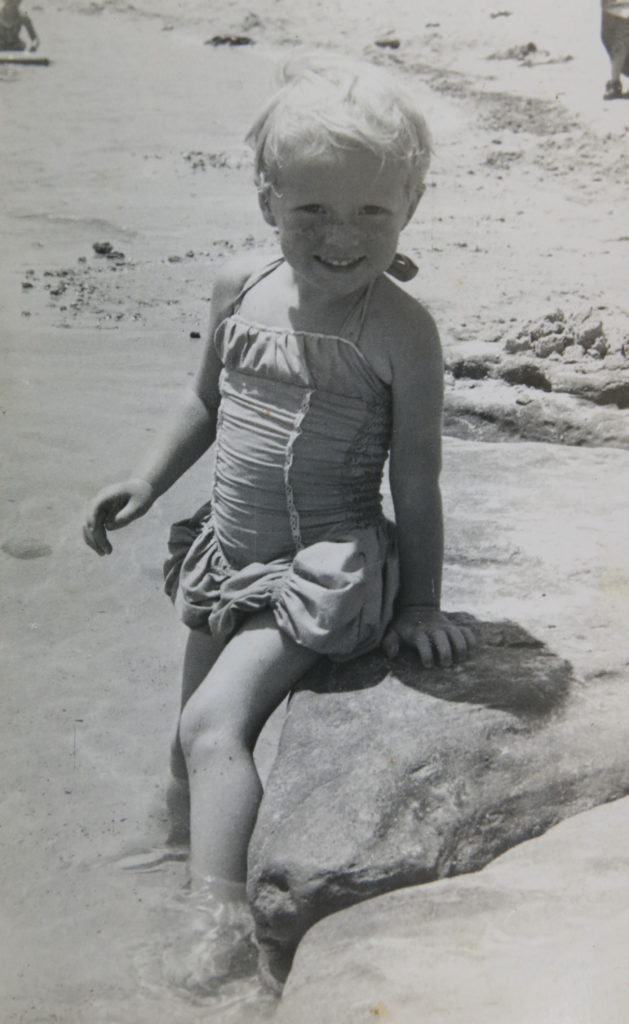
Whether you donned your swim suit, bathers, trunks, swimmers, togs or cossie, chances are they’d have been made by Speedo. From the late 1940s shirred cotton ‘bubble’ costumes became popular, especially for girls, while in the 1950s women were glamorously corseted in shirred and elasticised fabrics with moulded bra cups, boning and heavy seaming. Two pieces of the time were demure by later standards with waist-high bottoms obscuring the naval which was painted out by newspaper photographers if snapped by accident. Post-war immigrants caused a stir at the beach by wearing their scanty European-style swimwear with men wearing brief costumes of elasticised material without a modesty skirt.
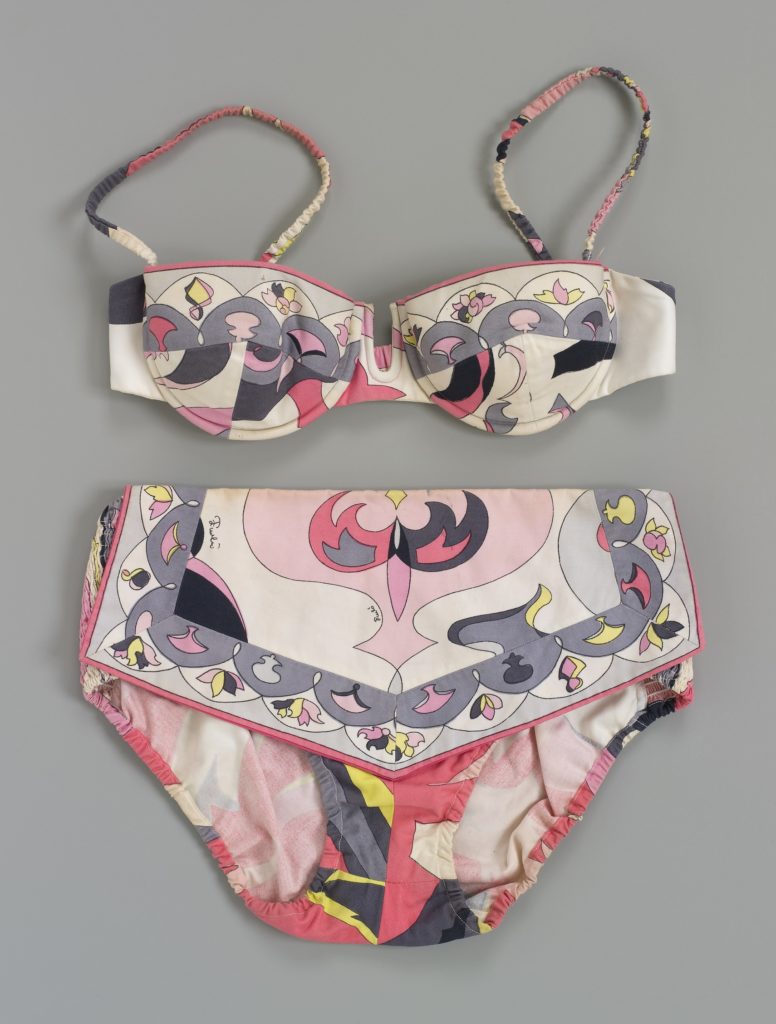
A version of the French bikini made an appearance at Surfers Paradise in 1952. Labelled obscene fashion, concerned beach goers called for its banning. Beach inspectors became the arbiters of respectability. In the 1960s they patrolled the sand with a tape measure in the pockets of their white shorts, removing women whose bikini sides were less than 10 cm wide.
By the 1970s women’s bikinis became even briefer but conversely men covered up more with the popularity of board shorts in Hawaiian prints. Reaching to the knees, they protected board riders from chaffed thighs while lying on their boards paddling out to catch waves.
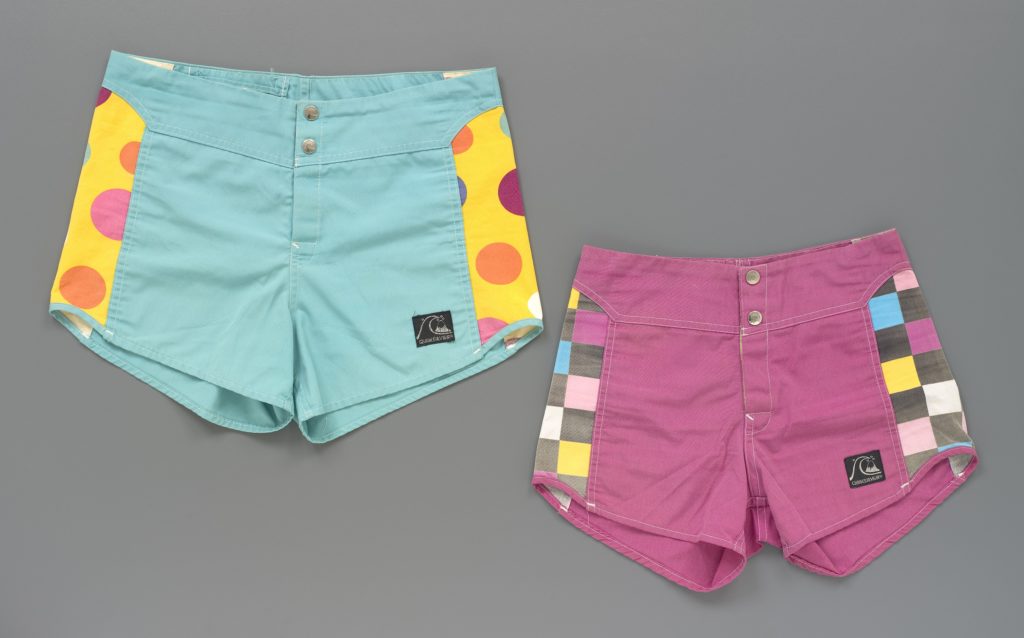
By the mid-1970s the tape measures had disappeared and the string bikini arrived here via St Tropez and Rio de Janeiro. Teenage girls crocheted their own bikinis probably blushing today recalling how brief they were.
For kids growing up in the 1950s and 1960s the summer holidays were often synonymous with sunburn. Having to gingerly turn over in bed and the strangely gratifying feeling of peeling off the old skin were hallmarks of January. Fair-skinned kids suffered the ignominy of having to swim wearing white cotton tee-shirts which were nothing like today’s lightweight rash vests. In retrospect tee-shirts may have saved them from later skin cancers. With none of the proprietary sunscreens around all you had was white zinc cream which would get covered in sand.
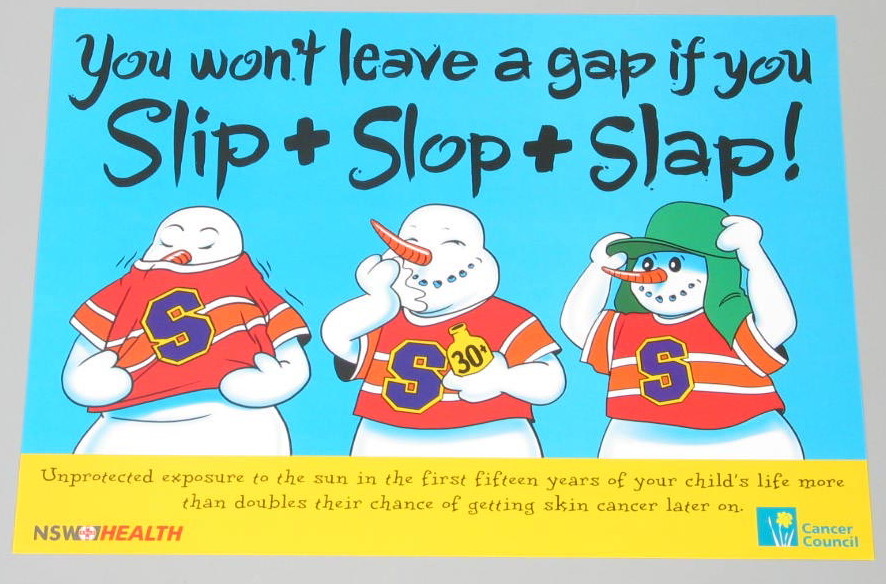
It’s hard to believe that in endeavouring to get a good tan beach goers paid to be sprayed with salty-smelling mutton bird oil called Vita-Tan. It was the concoction of the eccentric industrial chemist, John L. Paterson, who applied it roaming the beaches up and down the East Coast of Australia wearing a bathing suit and pith helmet topped with a stuffed mutton bird. The famous pale red-coloured liquid Vita-Tan or Vita-Sun to ‘tan without tears’ was also applied at Bondi Beach by Basil McDonald who rented out rubber surfoplanes and deck chairs as well.
Not all the holidays were spent at the beach. In the 1960s and 1970s not many families had backyard swimming pools so a great deal of summer was spent at the local pool. At the beginning of the season the pool would be freezing cold. You’d all get out with chattering teeth and lie on the hot concrete leaving a row of Shroud of Turin imprints. The huge quantities of chlorine turned blonde-headed kids’ hair green and everyone’s eyes were bloodshot. Virtually no-one wore googles despite spending most of the time underwater seeing how far you could go holding your breath. If you did wear goggles they were the face mask type where you’d pretend to be Lloyd Bridges from Sea Hunt.
The 1956 Olympics in Melbourne encouraged the construction of ‘Olympic Pools’ in numerous towns and cities. County kids were especially reliant on the town pool otherwise it was under the sprinkler on the front lawn between 6 and 7 at night during water restrictions.
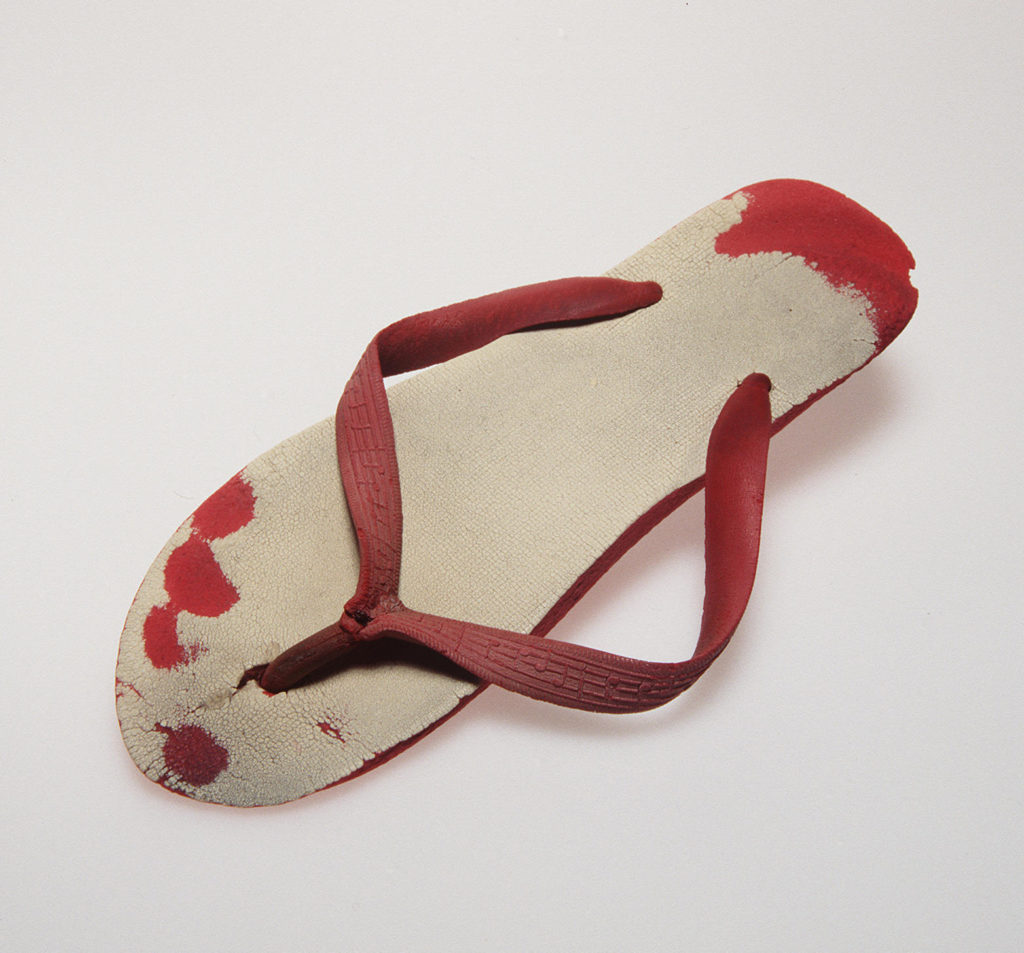
Strangely enough another legacy of the 1956 Olympics was that other great Australian cultural icon, rubber thongs. Japanese Olympic swimmers wearing zori sandals poolside apparently influenced Australian thong-wearing. They were practical footwear for hot tarmac and sand as well as bindii eye-laden lawns. Summer thong-wearing became so wide spread here that Australian feet became wider than in other countries. Six weeks in thongs or barefoot made squeezing into brand new school shoes a trial. The Australian shoe sizing system now gives an extra half inch width for Australian shoes compared to American sizing.
Once the ads came on TV for school lunch boxes and drink bottles and exercise books filled the newsagents it was time to go back to school. You’d be barely recognisable with a face full of freckles and flat, wide feet.
Written by Margaret Simpson, Curator, December 2018
Further reading:
Townsend, Helen, Baby Boomers: Growing up in Australia in the 1940s, 50s and 60s, Simon & Schuster, Brookvale, NSW, 1988.
Wells, Lana, Sunny Memories, Greenhouse Publications Pty Ltd, Richmond, Victoria, 1982.
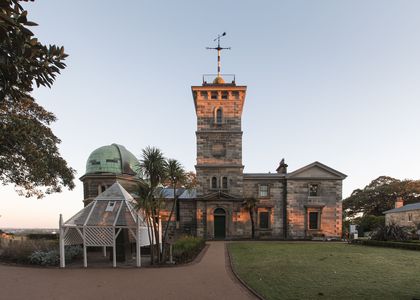

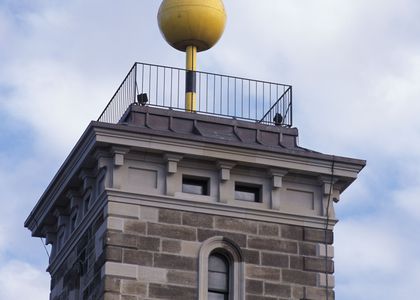
nice.